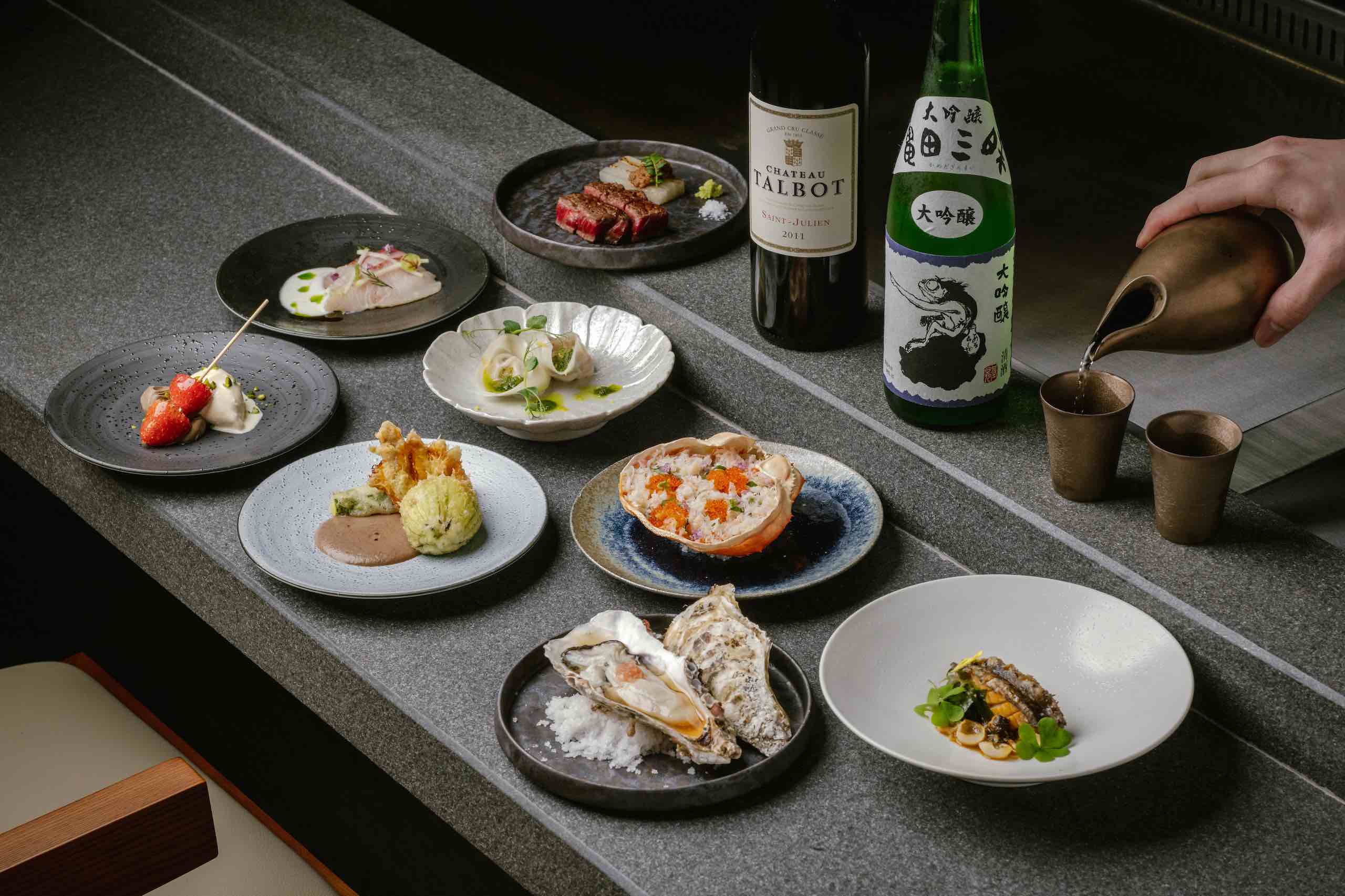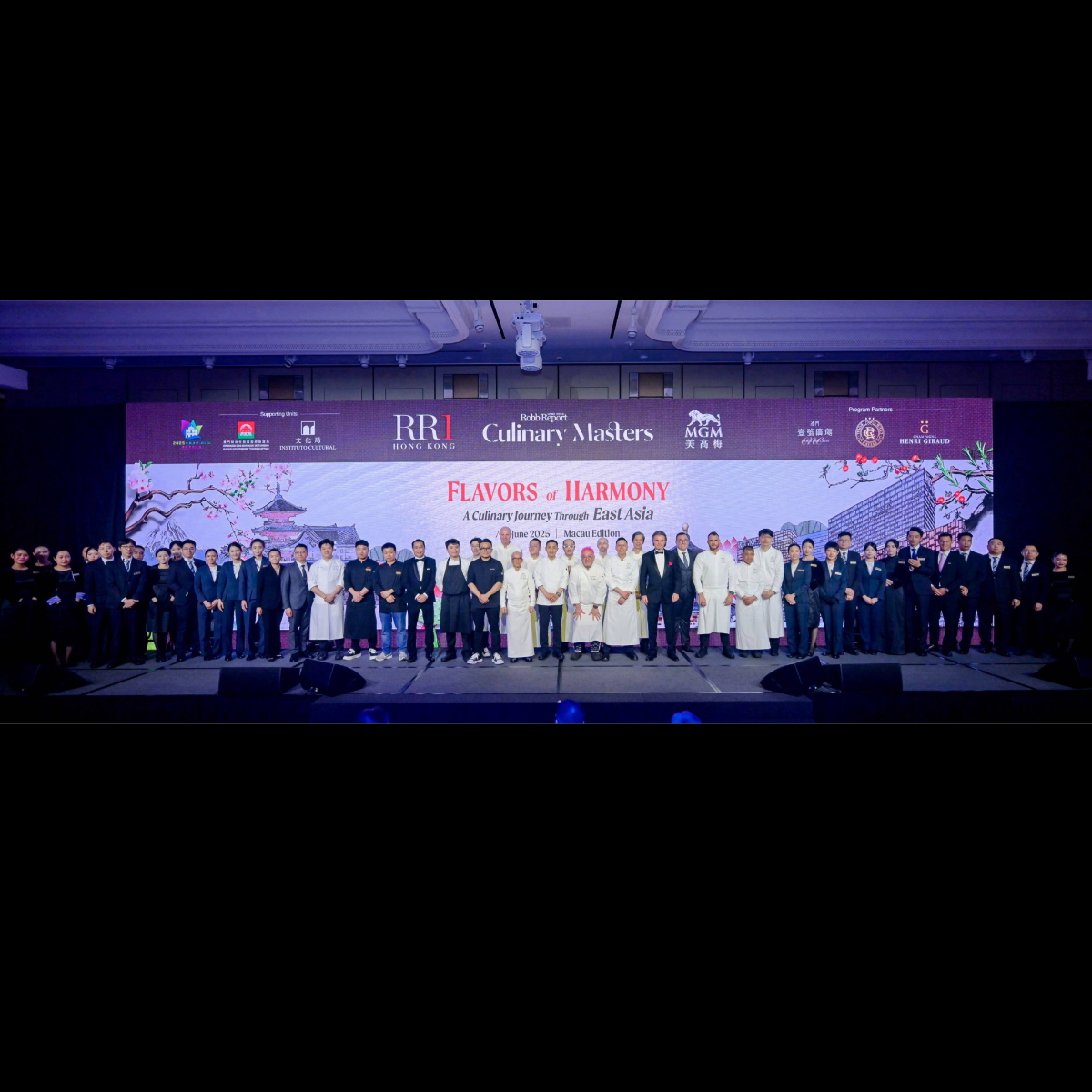Among the things that Toru Takano, Ami Hamasaki, and Shun Sato have in common, the most important is that they all believe in the Japanese concept of enishi—fate.
Fate is how the trio found each other while working abroad, and fate is what bound them, on the promise of one day joining forces to open a restaurant together. And, as destiny would have it, that fickle feeling of kismet is what ultimately led to the restaurant’s name. (Enishi, also known in its more casual form of en, stands for “a destined encounter.”)
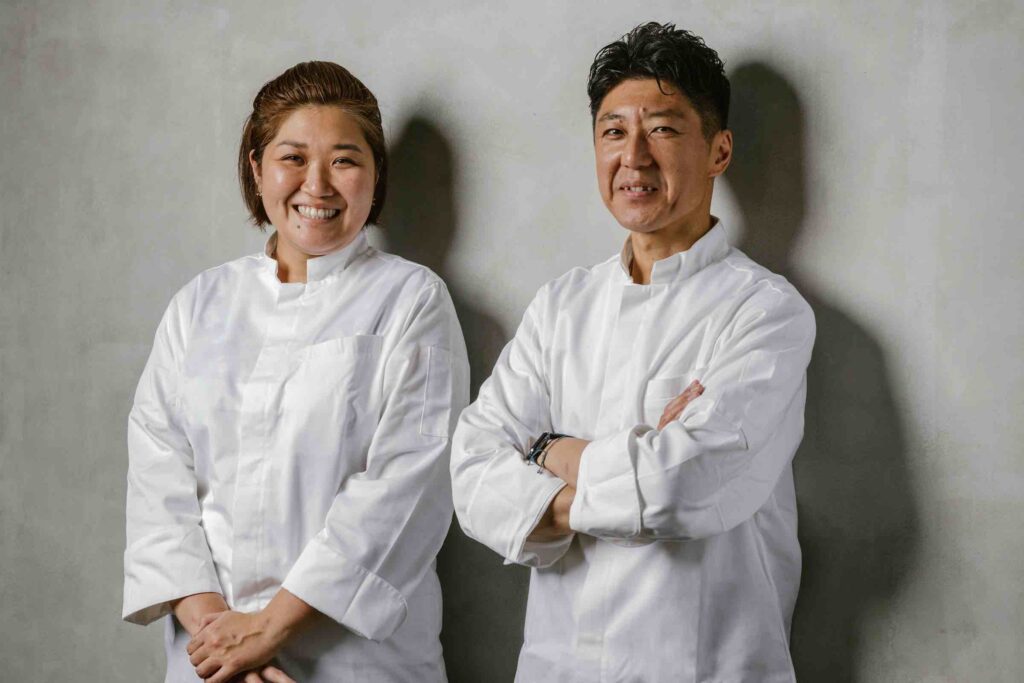
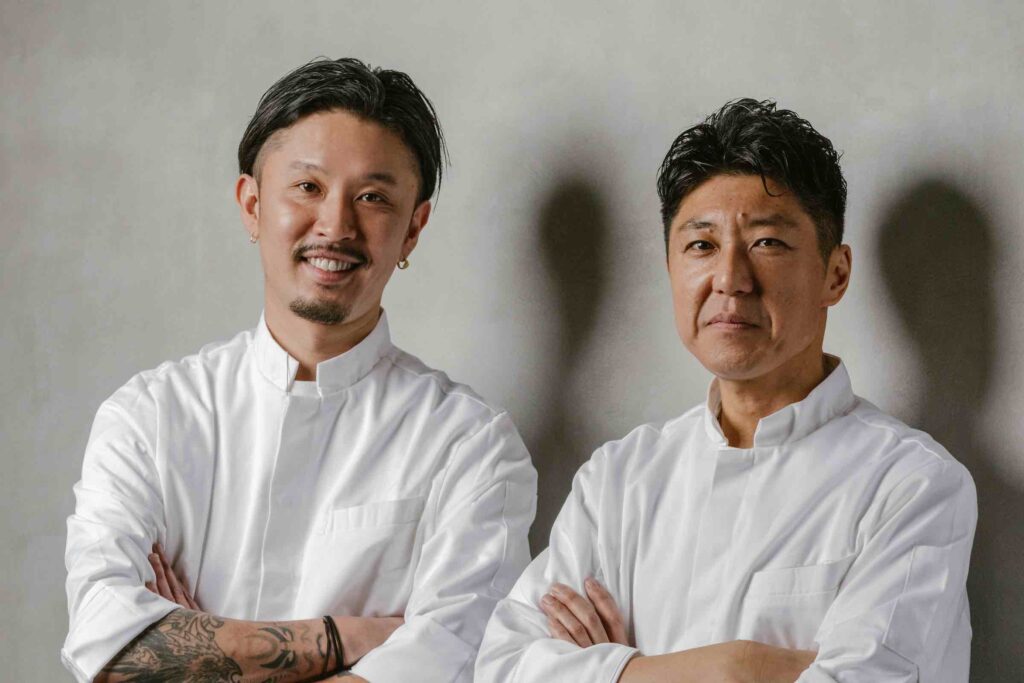
When the chefs were separately honing their craft in Australia, it was their mutual love for teppanyaki that brought them together and planted the seeds for a shared vision of the future. Hamasaki recalls that “through teppanyaki, we talked and became friends,” laying the groundwork for the eventual collaboration that bore fruit as Enishi.
Contemporary Japanese cuisine is the focus. Childhood, heritage, and personal philosophies contributed to the creation of the restaurant’s menu and dishes, whether at the teppan or otherwise. Husband-and-wife team Takano and Hamasaki bring extensive knowledge to the grill counter, while Sato presents an à la carte menu that elevates the natural flavours of his chosen ingredients. As the dishes on both menus are inspired by the chefs’ upbringing and origins, there is a natural tendency to favour produce sourced from the regions of their hometowns. (Takano especially likes to introduce ingredients from Niigata to his patrons.)

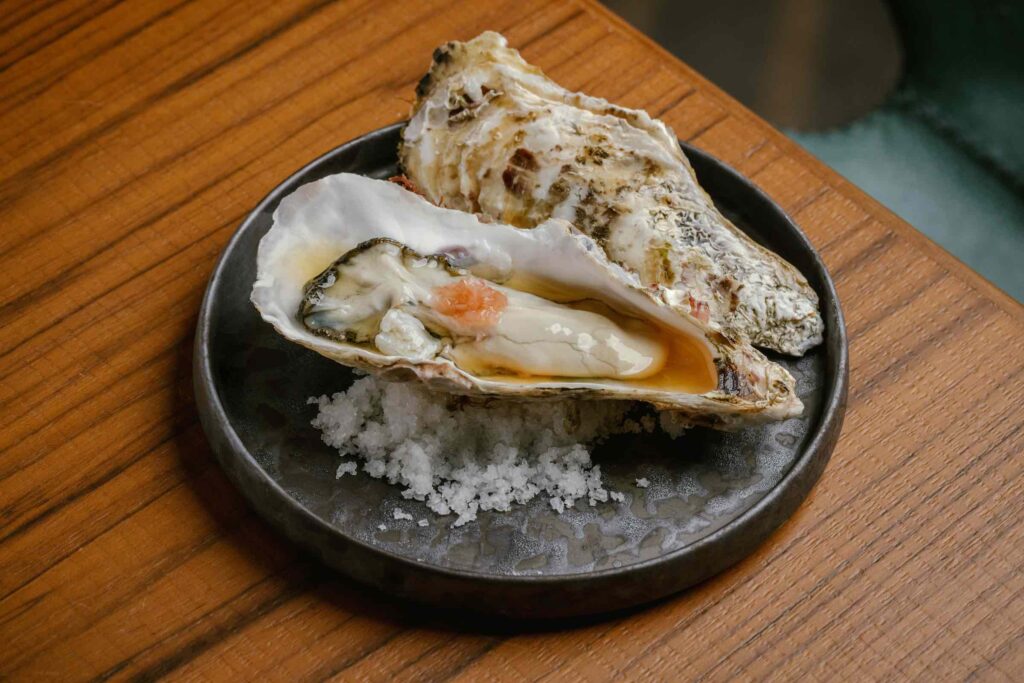
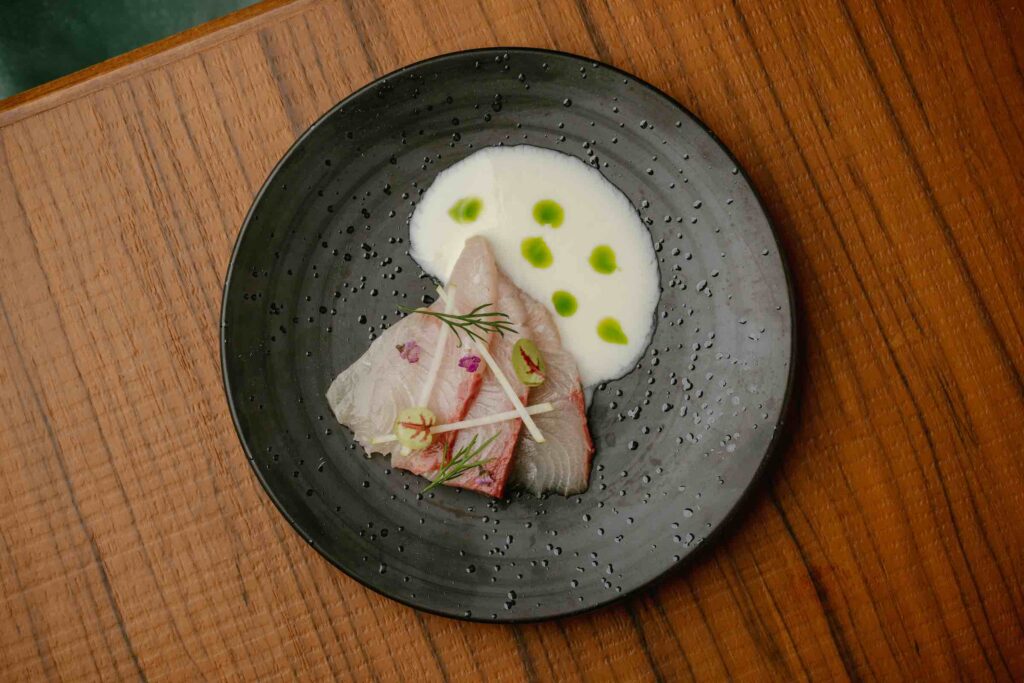

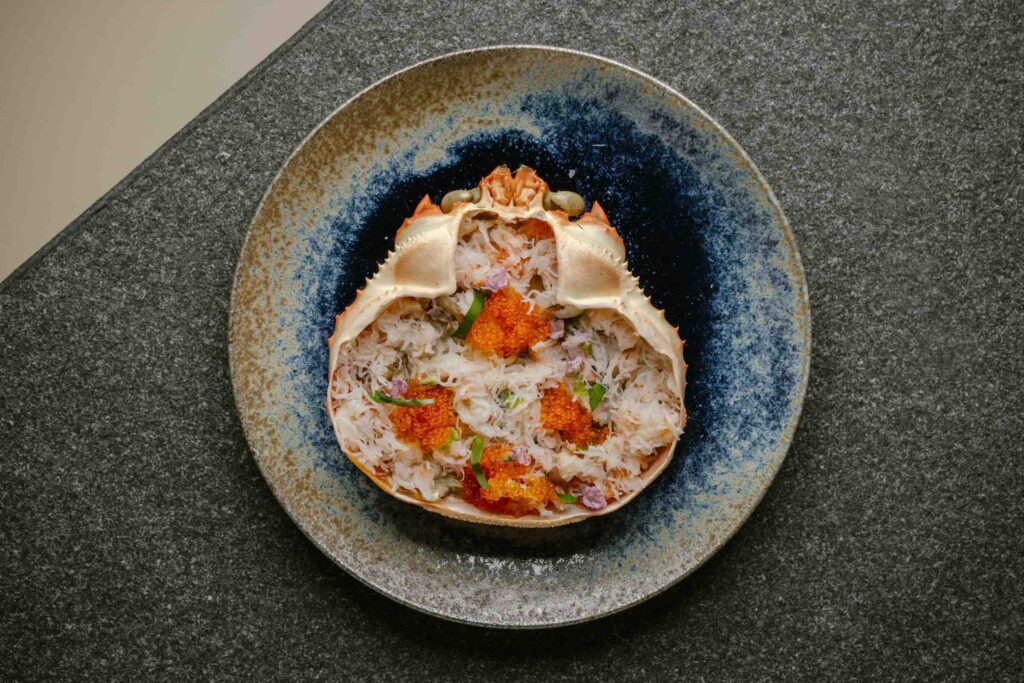
While the collaborative omakase menu looks simple, the flavours are anything but. Each chef plays to their strengths and calls forth elements of home, family, and memories to build a cohesive teppanyaki tasting experience. Sato’s oyster sanbaizu, with fresh Miyagi Prefecture oyster, is a tribute to his hometown, Sendai; Takano’s Hokkaido ezo awabi and pot rice are his childhood memories given modern, delicious form; and Takano and Hamasaki present a Japanese Wagyu tenderloin that uses her mother’s secret nikumiso sauce with pork. Each course is named after its primary protein or flavour profile, though the actual dish and ingredients change depending on seasonal availability.
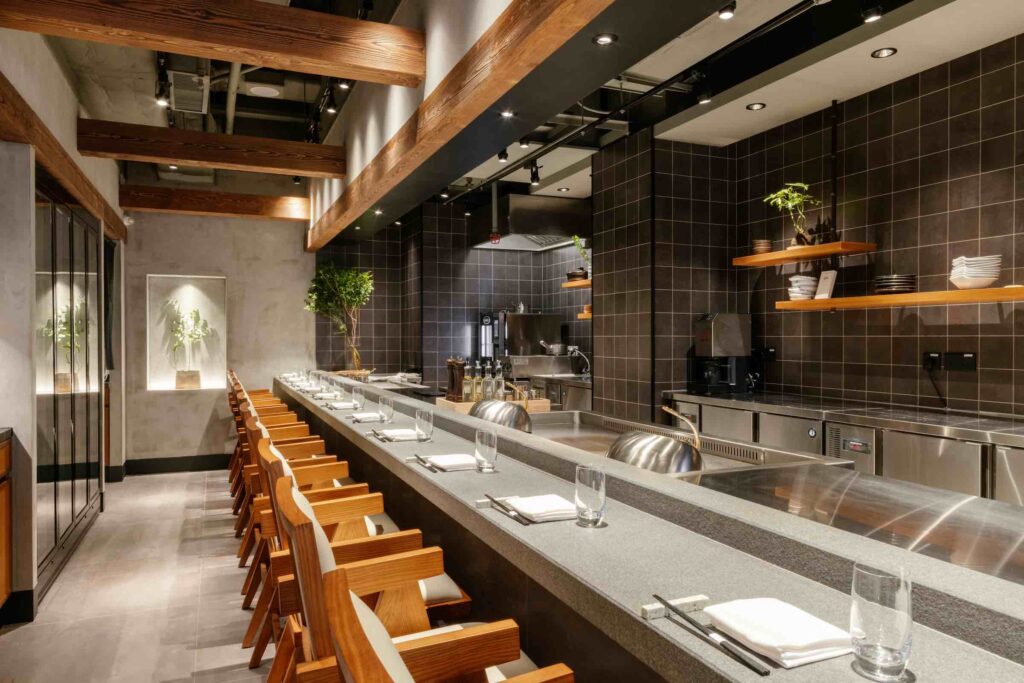
Most importantly, the chefs hope to create a “home away from home” atmosphere for diners, in an intimate space that exudes both comfort and modern taste, with slate-grey countertops, natural stone floors, bare cement walls, and honey-coloured seating. Note the nod to Japan through the exposed ceiling beams and wooden columns of the teppanyaki counter, reminiscent of minka (traditional Japanese house) architecture.
G/F, The Strand, 49 Bonham Strand, Sheung Wan, Hong Kong
Tel: (+852) 2626 9096
All images courtesy of Enishi.





